By Lt. Col. Harold E. Raugh, Jr., Ph.D., U.S. Army (Ret.)
He makes Rambo look like Captain Kangaroo,” were words used to describe the battlefield exploits of Medal of Honor recipient Captain (later Colonel) Lewis H. Millett. Millett received the Medal of Honor for “conspicuous gallantry and intrepidity above and beyond the call of duty” while leading a company-sized bayonet charge in February 1951 up a fire-swept Korean hill. Even though Millett was wounded, he personally bayoneted at least two enemy soldiers and led his company in seizing the important objective.
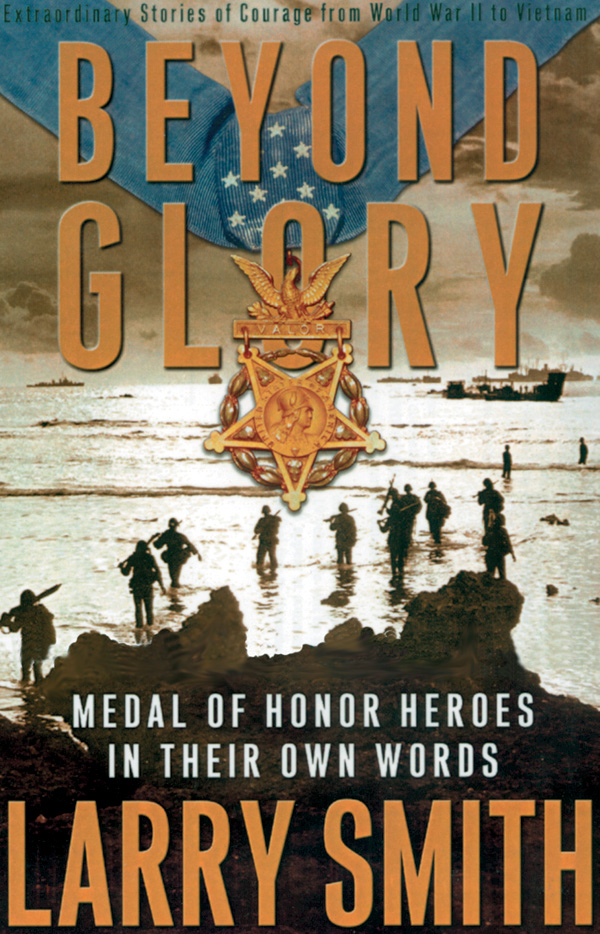 Millett is only one of 24 Medal of Honor recipients who provide first-hand accounts for journalist Larry Smith’s Beyond Glory: Medal of Honor Winners in Their Own Words (W.W. Norton, New York, 2003, 320 pp., illustrations, citations, $25.95 hardcover), the first collection of oral histories of living Medal of Honor recipients. Smith interviewed the aging warriors and wove their oral memoirs into vignettes, each an account of the combat actions for which these men received America’s premier gallantry decoration, plus their reflections on combat, duty, and sacrifice.
Millett is only one of 24 Medal of Honor recipients who provide first-hand accounts for journalist Larry Smith’s Beyond Glory: Medal of Honor Winners in Their Own Words (W.W. Norton, New York, 2003, 320 pp., illustrations, citations, $25.95 hardcover), the first collection of oral histories of living Medal of Honor recipients. Smith interviewed the aging warriors and wove their oral memoirs into vignettes, each an account of the combat actions for which these men received America’s premier gallantry decoration, plus their reflections on combat, duty, and sacrifice.
Of the 24 Medal of Honor awardees interviewed for this volume, six fought in World War II, seven in Korea, and 11 in Vietnam. From World War II, stories include those of Mitchell “Deathless” Paige, a Marine Corps machine gunner who stubbornly defended his position against a fierce Japanese onslaught on Guadalcanal in 1942; and Lieutenant Vernon Baker of the 92nd Infantry Division, belatedly awarded the Medal of Honor in 1997 for gallantly leading his platoon against Germans in Italy in 1945. Thomas Hudner, Jr., was a Navy pilot forced down behind enemy lines trying to save a wounded comrade during the Korean War; and Hiroshi H. Miyamura received the Medal of Honor for heroically covering the withdrawal of his company in Korea, killing some 50 enemy soldiers before running out of ammunition and being seriously wounded. From the Vietnam War, Alfred V. Rascon “distinguished himself by a series of extraordinarily courageous acts” and was severely wounded; and Jack H. Jacobs, despite being seriously wounded, rallied South Vietnamese troops and drove off a determined Vietcong attack.
A common theme running through these memoirs, in addition to humility and thankfulness, is the willingness to sacrifice to accomplish the mission and do one’s duty. Each chapter is a lesson in leadership, an anatomy of courage, and a case study in character. These Medal of Honor recipients remind the reader “of our capacity to preserve our heritage and a world in which democracy can prevail. Freedom is not an abstraction for these men. As they are fond of saying, freedom isn’t free.”
One item worth noting, and it does not reflect on the veterans’ narratives in this book, is that in the author/editor’s quest for political correctness, he states in his Preface that the Medal of Honor “has been awarded to 82 African-Americans, 41 Hispanic-Americans, 32 Asian-Americans, and 16 representatives of the Jewish faith, and 3,269 others.” Generic and nondescript “others”? This categorization is insulting to the men who earned the Medal of Honor and to those who share the same values. Bullets and shrapnel do not discriminate, and members of any race or ethnic or religious group can be conspicuously courageous. The editor would do well to listen to Medal of Honor recipient Mitchell Paige, who accurately described those who earned the Medal of Honor, not by race or religion, but simply as “loyal Americans.”
Beyond Glory is a superb collection of reminiscences and reflections by 24 of the dwindling number of living Medal of Honor recipients. In this era of bumper-sticker patriotism, it is rewarding and inspiring to read the stories of genuine American heroes.
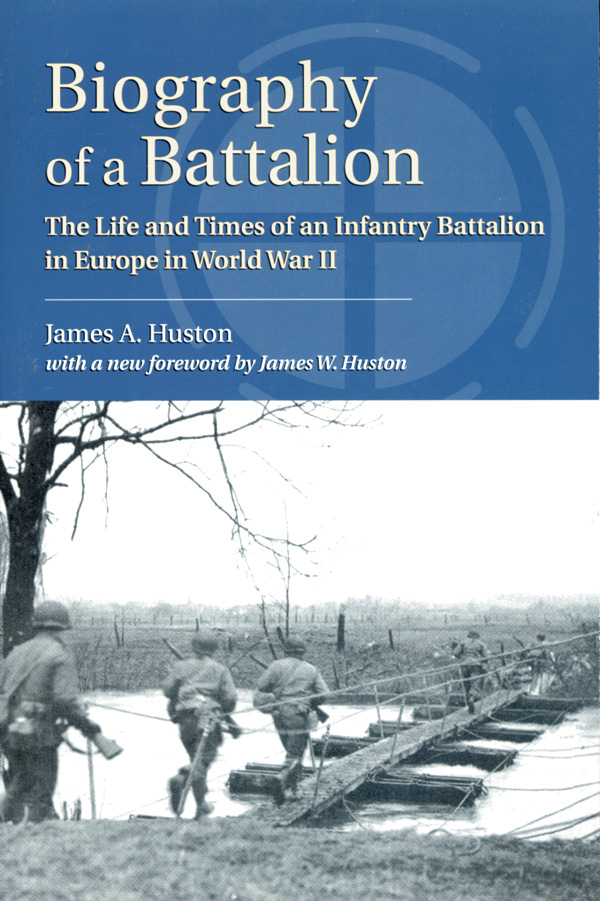 Recent and Recommended
Recent and Recommended
Biography of a Battalion: The Life and Times of an Infantry Battalion in Europe in World War II, by James A. Huston, Stackpole Books, Mechanicsburg, Pa., 2003, 306 pp., illustrations, maps, appendix, bibliography, $21.95 softcover.
Many military history studies, focusing on campaigns, strategy, and generalship, are frequently impersonal and do not convey the feelings of the soldier who had to keep his feet warm in frozen or flooded foxholes while under enemy fire. Biography of a Battalion, originally published in 1950, gives an accurate impression of the combat infantryman in World War II, “of how he lived, how he fought, how he died; what he wore, what arms and equipment he carried, what he ate, and some idea as to what he felt and thought.”
This superb volume chronicles the operations of the 3rd Battalion, 134th Infantry Regiment, 35th Infantry Division, from the Normandy hedgerows in July 1944, through the dash across France, the Battle of the Bulge, and the drive from the Ruhr to the Rhine and the Elbe. It is a story of bravery combined with boredom; of gallantry, guts, and grief; and of danger, death, and destruction—all part of the combat infantryman’s “comradeship of catastrophe.” Written true to Thucydides, with the author having participated in the events described and having used numerous primary source documents, this classic study of infantry combat belongs on every military historian and soldier’s bookshelf.
In Brief
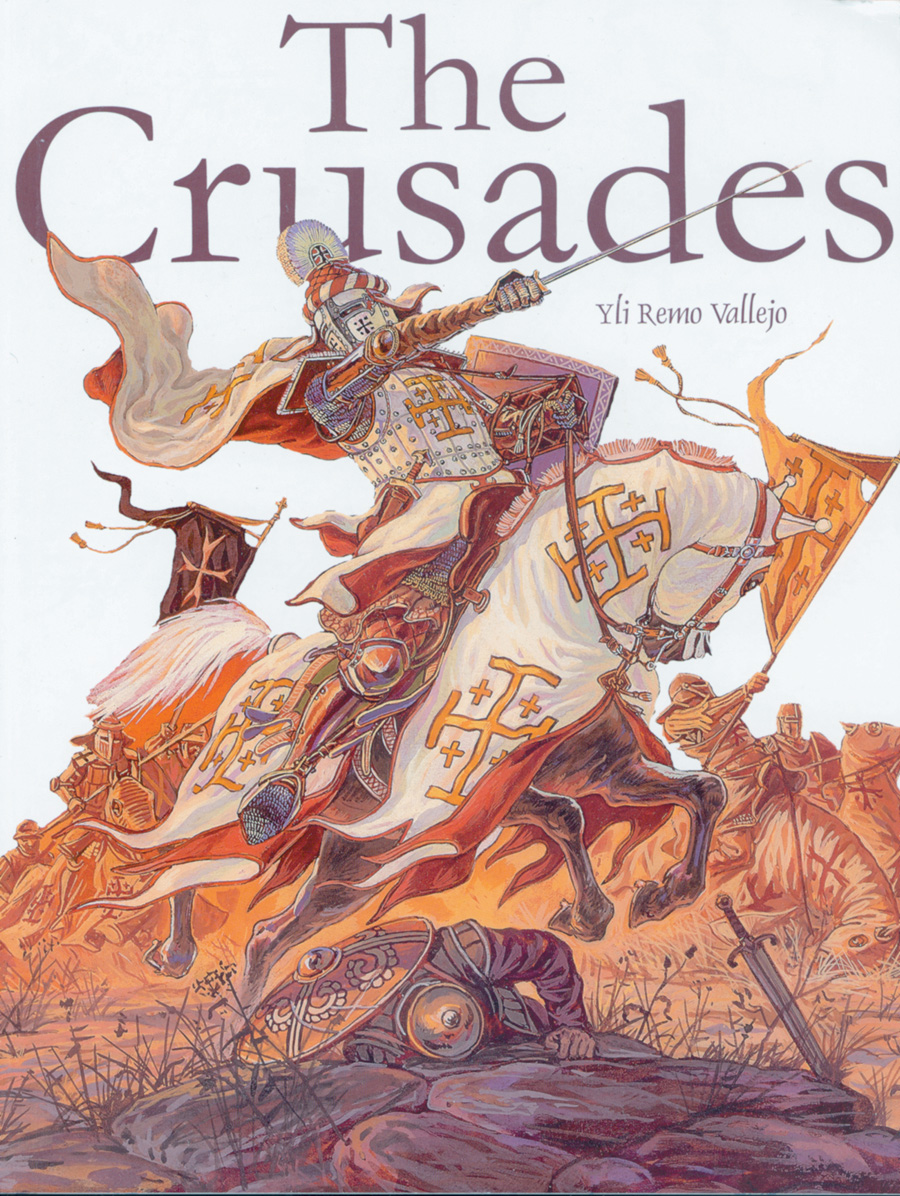 The Crusades, by Yli Remo Vallejo, Aero Art Publishing, Great Falls, Va., 2002, 116 pp., illustrations, maps, bibliography, $30.00 large-format softcover.
The Crusades, by Yli Remo Vallejo, Aero Art Publishing, Great Falls, Va., 2002, 116 pp., illustrations, maps, bibliography, $30.00 large-format softcover.
Eight Crusades were conducted from 1096 to 1270 by Christian Europeans, ostensibly to free the Holy Places from “infidel” Moslem control. This great era in world history, pitting West against East in battles characterized by bloodshed, brutality, and religious fervor on both sides, is chronicled in this general study. The well-written text provides interesting and entertaining information on the origins, leaders, battles, sieges, and other operations of the Crusades. The numerous detailed, full-color illustrations (painted by Russian artist Igor Dzis) superbly complement the text and are used to highlight the publisher’s museum-grade miniature military figures of Crusaders. General readers will enjoy this lively saga, and military modelers and miniature collectors will find this excellent book ideal for their interests.
Drake: For God, Queen, and Plunder, by Wade G. Dudley, Brassey’s, Washington, DC, 2003, 128 pp., illustrations, maps, chronology, notes, bibliography, index, $19.95 hardcover.
Sir Francis Drake (c. 1540-1596) was a remarkable man, a legend in his own lifetime during a tumultuous era. He was a privateer and an explorer, and Queen Elizabeth I harnessed his talents and avarice to serve in her imperial, trade, and religious struggles, mainly against Spain. Drake was also the first Englishman to circumnavigate the globe (1577-1580). He became immensely wealthy from the lucrative spice trade and captured Spanish treasure, and served as vice admiral of the English fleet that defeated the Spanish Armada in 1588. This well-written and compelling, page-turning short biography portrays the life and times of a daring naval genius, who was motivated by the pursuit of “God, gold, and glory,” and who helped England become a major sea power.
Imperial Glory: The Bulletins of Napoleon’s Grande Armée, 1805-1814, J. David Markham, ed., Greenhill Books, London, 2003, 442 pp., maps, glossary, index, $64.95 hardcover.
Noted Napoleonic scholar J. David Markham has collected and edited for the first time in English this remarkable collection of all Napoleon’s Grande Armée bulletins written from 1805 to 1814. After an informative and perceptive introduction, these 183 bulletins, supplemented by 170 additional documents, are presented chronologically and by campaign. They shed light on Napoleon’s perceptions, character, leadership, and subordinates, as well as the Emperor’s attempts to praise his soldiers, inform the home population, and shape public opinion. The volume is an invaluable addition to the personal library of anyone interested in Napoleon and his wars. Greenhill Books is to be congratulated for filling this void in Napoleonic literature, now available to English-speaking people.
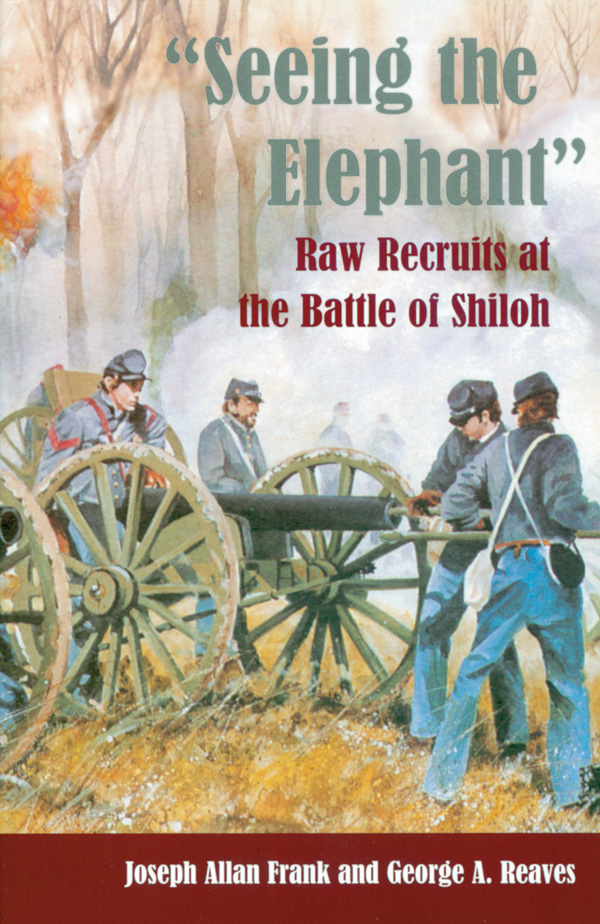 “Seeing the Elephant”: Raw Recruits at the Battle of Shiloh, by Joseph Allan Frank and George A. Reaves, University of Illinois Press, Urbana, 2003, 215 pp., illustrations, maps, bibliography, index, $17.95 softcover.
“Seeing the Elephant”: Raw Recruits at the Battle of Shiloh, by Joseph Allan Frank and George A. Reaves, University of Illinois Press, Urbana, 2003, 215 pp., illustrations, maps, bibliography, index, $17.95 softcover.
This interesting and provocative monograph explores Civil War soldier motivation, based on the experiences (as recorded in contemporary letters and diaries) of some 450 Union and Confederate men and officers who had their baptism of fire at the bloody Battle of Shiloh on April 6 and 7, 1862. The authors examine the new recruits’ “tactical preparation, political attitudes, logistics, and leadership as well as esprit de corps, comradeship, and officer competence that affect combat motivation.” Initial reactions to combat ranged from Ambrose Bierce, who was exhilarated and eager to “see the elephant” (experience combat for the first time), to George Levally, who was traumatized by seeing his unit’s horses butchered by counter-battery fire. This is more than just a collection of anecdotes; it demonstrates that the most important reason men newly initiated to battle continued to fight was because of their sense of duty, a concept that “merged self-esteem, obligation to comrades, and loyalty to one’s community and country.” It’s an excellent book.
All That Makes a Man: Love and Ambition in the Civil War South, by Stephen W. Berry, II, Oxford University Press, New York, 2003, 286 pp., illustrations, notes, bibliography, index, $26.00 hardcover.
The Civil War, according to history professor Stephen W. Berry II, was from the Southern perspective less a war of ideology than “a test of manhood, a test an appalling number welcomed as an opportunity finally to measure up to their own standards for themselves.” Using the diaries and letters of six Confederate soldiers, the author demonstrates the role of love and ambition in their lives and their desire for martial glory. The author suggests that these Southern soldiers, “trapped” in a patriarchal society, joined the Confederate Army questing for “love in life [and] immortality after death.” While these motivations for military service may have been true for the six soldiers studied, it seems doubtful if these reasons applied to even a slim majority of Confederate soldiers. Nonetheless, this provocative study and its original thesis merit a wide readership.
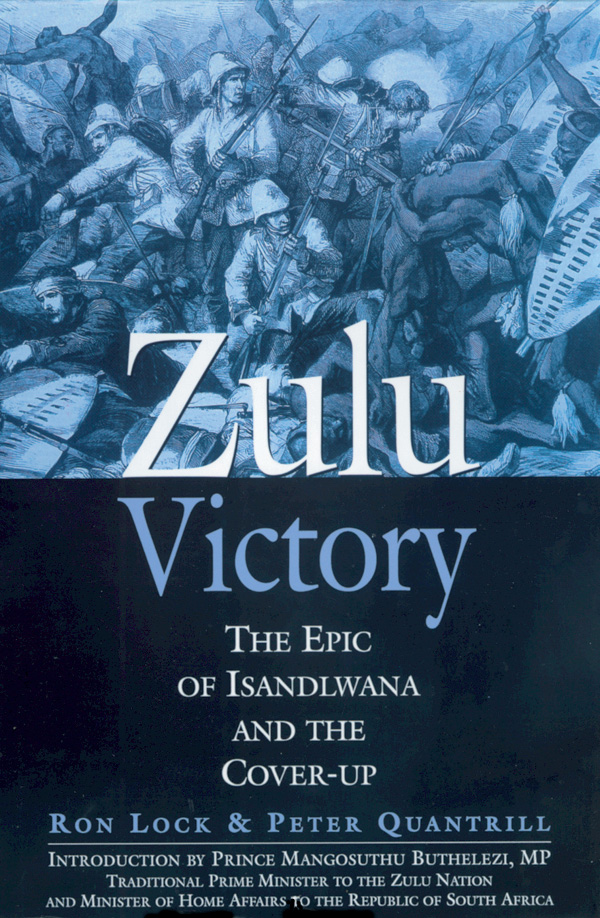 Zulu Victory: The Epic of Isandlwana and the Cover-Up, by Ron Lock and Peter Quantrill, Greenhill Books, London, 2002, 336 pp., illustrations, maps, notes, appendices, bibliography, index, $39.95 hardcover.
Zulu Victory: The Epic of Isandlwana and the Cover-Up, by Ron Lock and Peter Quantrill, Greenhill Books, London, 2002, 336 pp., illustrations, maps, notes, appendices, bibliography, index, $39.95 hardcover.
At the Battle of Isandlwana, January 22, 1879, Zulus overwhelmed and destroyed a British Army force, killing some 858 white and 471 African soldiers. This slaughter stunned the British Empire at the time, and Lt. Gen. Lord Chelmsford, the general officer commanding British troops, immediately began the search for a scapegoat.
After sections detailing events leading up to “The Conflict” and “The Battle,” the third part of this well-researched and penetrating, although somewhat less than adequately documented, study delves into “The Cover-Up.” Chelmsford spun, with the assistance of staff officers, a web of deceit to blame Colonel Anthony Durnford (No. 2 Column Commander conveniently killed at Isandlwana) for the massacre. The authors analyze the proceedings and results of a court of inquiry held in London, and also attempt to evaluate the construction of the ammunition boxes as a cause of the ammunition shortage at the battle. This is a valuable and an interesting study, revealing new aspects of the Battle of Isandlwana and suggesting viable areas for future research.
America at War: The Philippines, 1898-1913, by A.B. Feuer, Praeger, Westport, CT, 2002, 265 pp., illustrations, maps, notes, bibliography, index, $64.95 hardcover.
The United States fought and defeated Spanish forces in the Philippines in 1898 during the Spanish-American War. Many of the Filipinos, however, did not view the Americans as liberators but rather as new colonial oppressors, and began an insurgency soon after the Americans arrived. This rather expensive book is basically a compilation of firsthand accounts of American soldiers and sailors who fought in the Philippines, first against the Spanish and then against the Filipinos, from the Battle of Manila Bay on May 1, 1898, to the bloody Battle of Bud Bagsak on June 14 and 15, 1913. Bud Feuer, a contributor to this magazine, has crafted a book especially worthwhile for the valuable documents it makes available to a modern audience.
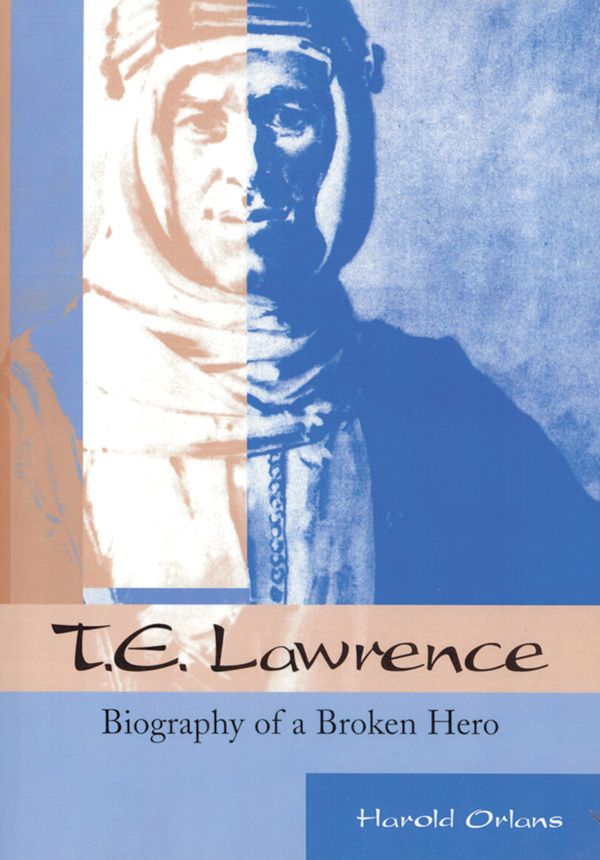 T.E. Lawrence: Biography of a Broken Hero, by Harold Orlans, McFarland, Jefferson, NC, 2002, 281 pp., illustrations, maps, notes, bibliography, index, $39.95 softcover.
T.E. Lawrence: Biography of a Broken Hero, by Harold Orlans, McFarland, Jefferson, NC, 2002, 281 pp., illustrations, maps, notes, bibliography, index, $39.95 softcover.
Separating fact from fiction is exceedingly difficult in an examination of the life of the enigmatic T.E. Lawrence, the British World War I hero better known as “Lawrence of Arabia.” After leading the Arab Revolt against the Ottoman Empire, serving in the Colonial Office, and writing his epic Seven Pillars of Wisdom, Lawrence gave up his rank of lieutenant colonel, prestige, and power, and enlisted under a false name as a private in the Royal Air Force, serving in it until shortly before his death in 1935. Dr. Harold Orlans has exhaustively examined the myriad facets of Lawrence’s controversial character and contradictory conduct, and this study successfully “closes a process of demystification and addresses squarely the darker struggles of Lawrence’s life.” T.E. Lawrence: Biography of a Broken Hero is far superior to the 1989 “authorized biography” of Lawrence in terms of meticulous research, clarity of writing, depth of analysis, and intellectually honest and balanced conclusions.
The Oster Conspiracy of 1938: The Unknown Story of the Military Plot to Kill Hitler and Avert World War II, by Terry Parssinen, HarperCollins, New York, 2003. 256 pp., illustrations, maps, glossary, notes, index, $27.95 hardcover.
According to history professor Terry Parssinen, the autumn of 1938 was the last chance for Europeans to have stopped Adolf Hitler from taking the path that led directly to World War II. Lieutenant Colonel (later Maj. Gen.) Hans Oster, deputy head of the Abwehr (German armed forces intelligence staff), witnessed Hitler’s emasculation of the German Army, domestic savagery, and reckless expansionist foreign policy. Oster became convinced that Hitler must be killed and the Nazi regime overthrown, and organized a conspiracy to do just that in September 1938. The elaborate plot failed—and the reader of this well-researched and riveting chronicle will find out why the courageous Oster and his colleagues were unable to stop Hitler from plunging the world into a global conflagration.
U.S. Army Infantry Divisions, Volume 1—Organization, Doctrine and Equipment, by Yves J. Bellanger, Helion, Solihull, W. Midlands, UK, 2002. 256 pp., charts, appendices, bibliography, $47.95 large-format hardcover.
Bellanger’s book is basically a compendium of the detailed Tables of Organization and Equipment (TO&Es) of the U.S. Army World War II infantry divisions and all subordinate elements, including combat support and combat service support units. A brief description of the U.S. Army mobilization that began in 1940, and the reorganization of the infantry division from the “square” (two brigades of two regiments each) to the “triangular” (three brigades) force structure precedes the enumeration of the various unit TO&Es, many of which include charts and “wiring diagrams.” An overview of the general doctrine of the infantry division is provided. Worthwhile appendices cover U.S. Army ranks, unit symbols, abbreviations, and related information. Based on official military documents, this volume is an important reference work for military historians, wargamers, and reenactors.
The Destruction of the Bismarck, by David J. Bercuson and Holger H. Herwig, Overlook Press, Woodstock, 2003, 385 pp., illustrations, maps, notes, glossary, index, $16.95 softcover.
The 50,500-ton Bismarck, at the time the world’s largest battleship and the pride of Hitler’s navy, threatened Allied shipping and the survival of Great Britain after becoming operational in early 1941. Historians Bercuson and Herwig ably place the construction of the Bismarck within the context of Germany’s naval rearmament program, and the ship’s role in operations and strategy early in World War II. This superbly researched and penetrating study includes glimpses into the Bismarck’s officers and crew, daily life, gunnery training, and preparations for sea service. The authors reconstruct in vivid and gripping detail the short but menacing voyage of the Bismarck that culminated in a sharp 90-minute naval battle with the British on May 27, 1941. When the guns and torpedoes stopped, the Bismarck slid beneath the ocean waves, and of its 2,321-man crew, only 115 survived. This is a mesmerizing account of a crucial event of World War II.
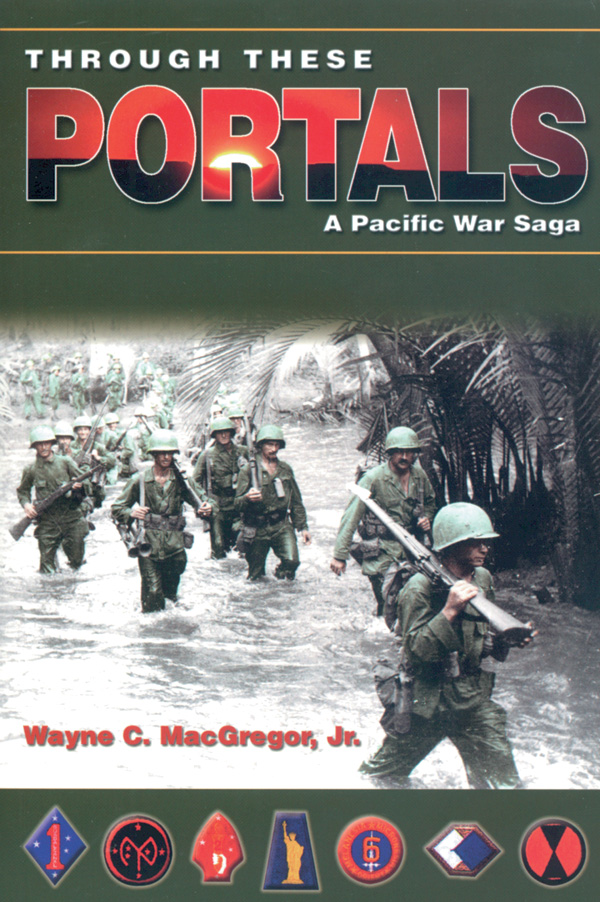 Through These Portals: A Pacific War Saga, by Wayne C. MacGregor, Jr., Washington State University Press, Pullman, 2002. 243 pp., illustrations, maps, recommended reading, index, $21.95 softcover.
Through These Portals: A Pacific War Saga, by Wayne C. MacGregor, Jr., Washington State University Press, Pullman, 2002. 243 pp., illustrations, maps, recommended reading, index, $21.95 softcover.
“You have just one purpose—kill Japs, kill Japs, kill more Japs,” was the exhortation given to many World War II soldiers training on Hawaii before deploying for combat operations against the Japanese in the Pacific. One of these impressionable soldiers was Wayne C. MacGregor, Jr., who served with the Army’s 77th Infantry Division. In this chronicle—part memoir, part researched study—MacGregor recounts in detail and with a sense of gripping immediacy the trials and tribulations of combat on Guam, Leyte, Keramo Retto, Ie Shima, and Okinawa. He ably places his own and his unit’s activities within the overall context of the operations in which he participated. In this well-illustrated volume, MacGregor candidly and poignantly relates the savagery of fighting in the Pacific and the sacrifices of those Americans who contributed to winning the war.
Arabs at War: Military Effectiveness, 1948-1991, by Kenneth M. Pollack, University of Nebraska Press, Lincoln, 2002, 698 pp., maps, tables, notes, selected bibliography, index, $49.95 hardcover.
In this timely and authoritative study, scholar Kenneth M. Pollack has conducted a comprehensive analysis of the military effectiveness of six key Middle Eastern nations—Egypt, Iraq, Jordan, Libya, Saudi Arabia, and Syria—from 1948 to the end of the Gulf War in 1991. He assesses unit cohesion, generalship, tactical leadership, information management, technical skills, weapons handling, logistics, maintenance, morale, training, and cowardice. Important cultural and religious aspects are conspicuous by their absence. Although much of this volume is devoted to the Arab-Israeli conflict, more obscure wars—such as the Iran-Iraq war and Libya’s wars in Chad—are also chronicled. Although weaknesses to varying degrees are found in nearly every category, this important reference work shows that Arab military forces have been relatively effective in static combat situations, but increasingly less so with more mobile, dynamic, and technologically advanced adversaries.
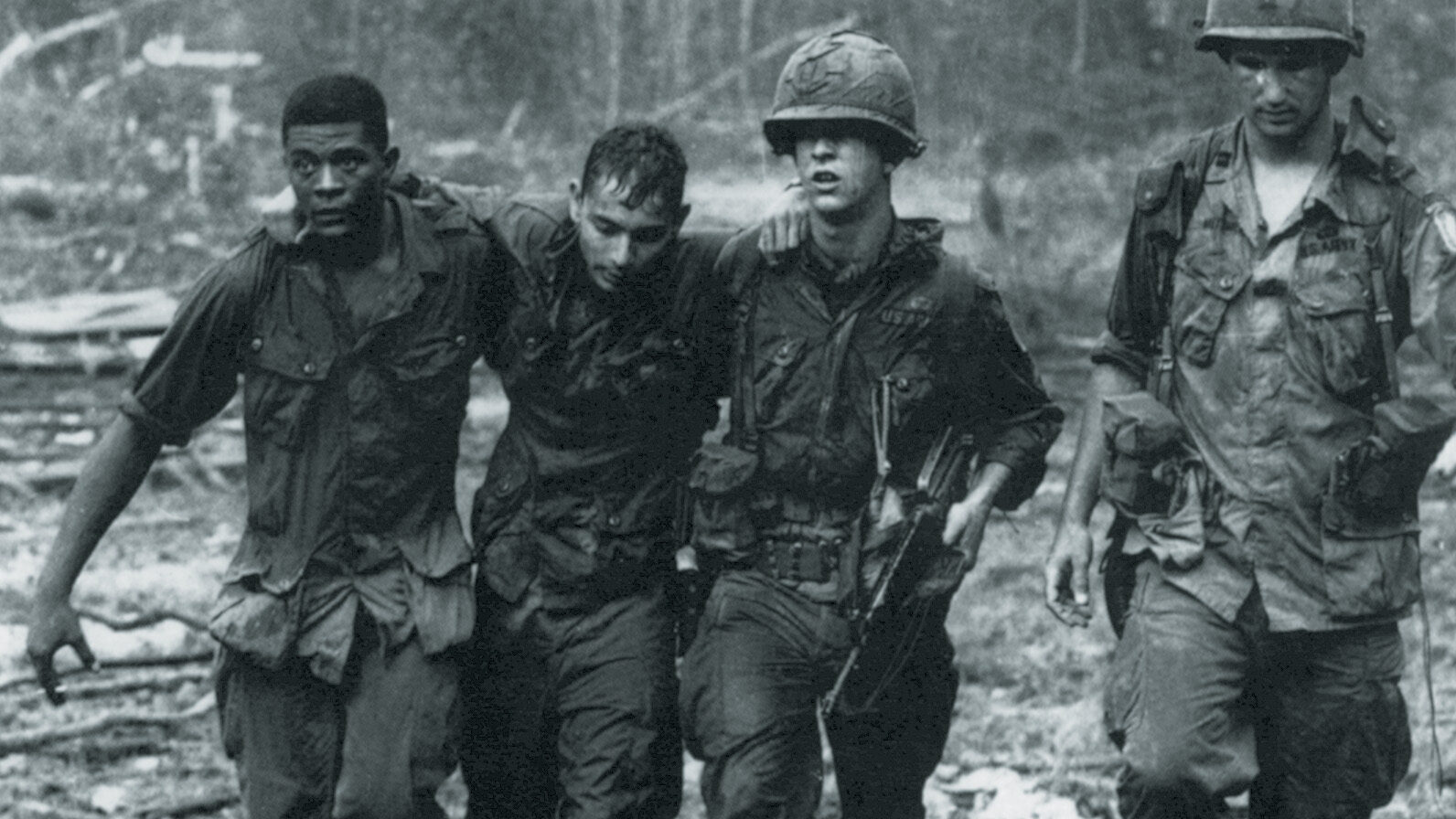
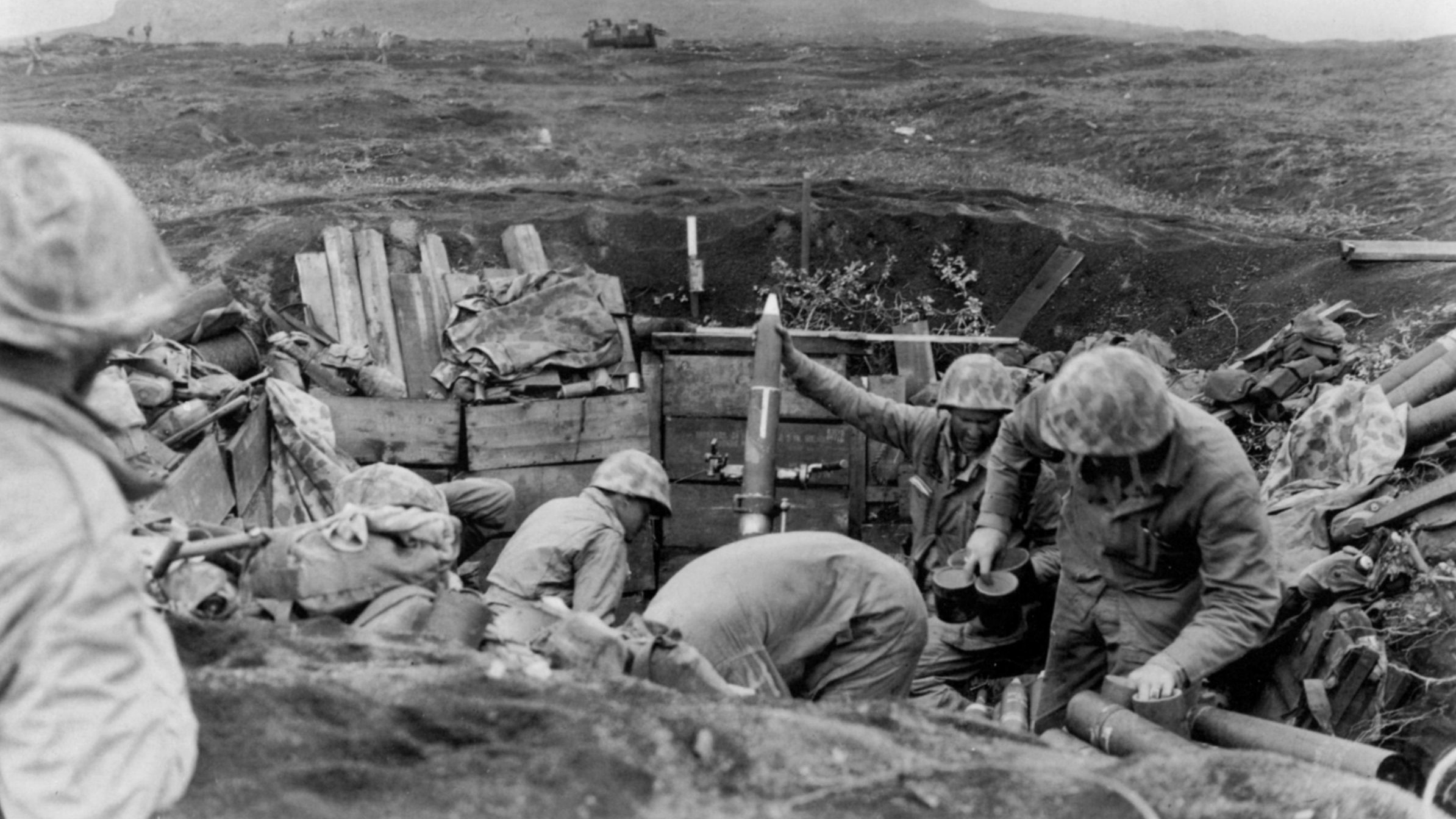
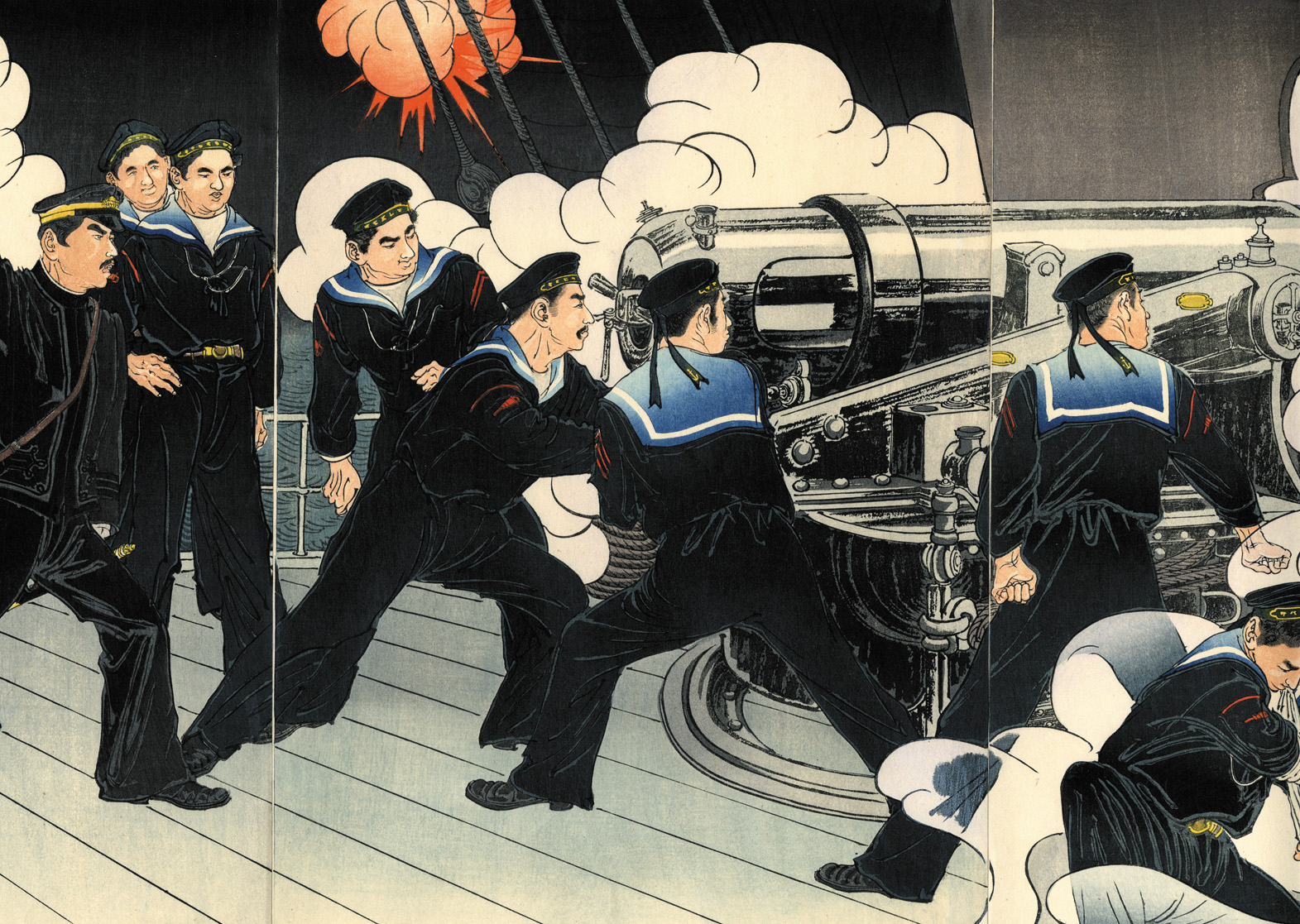
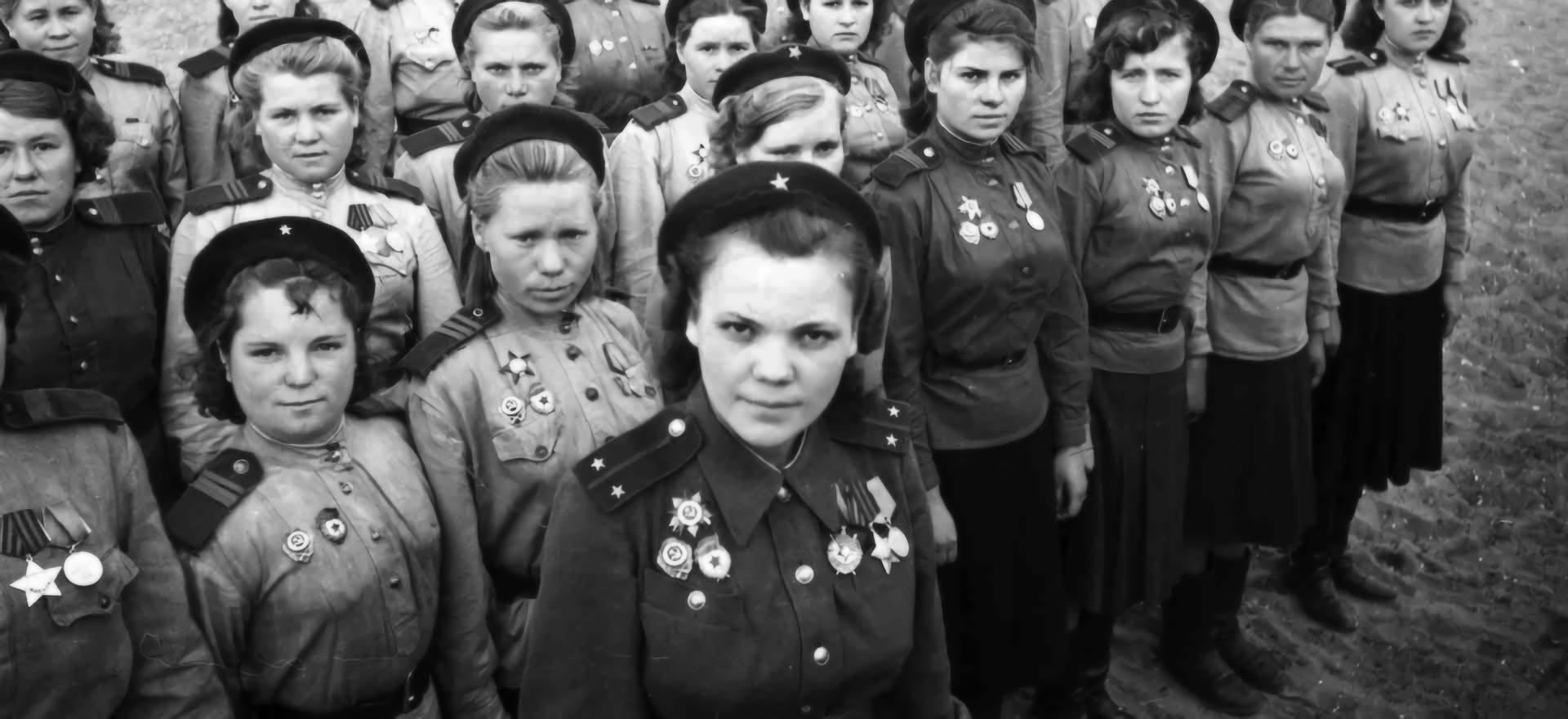


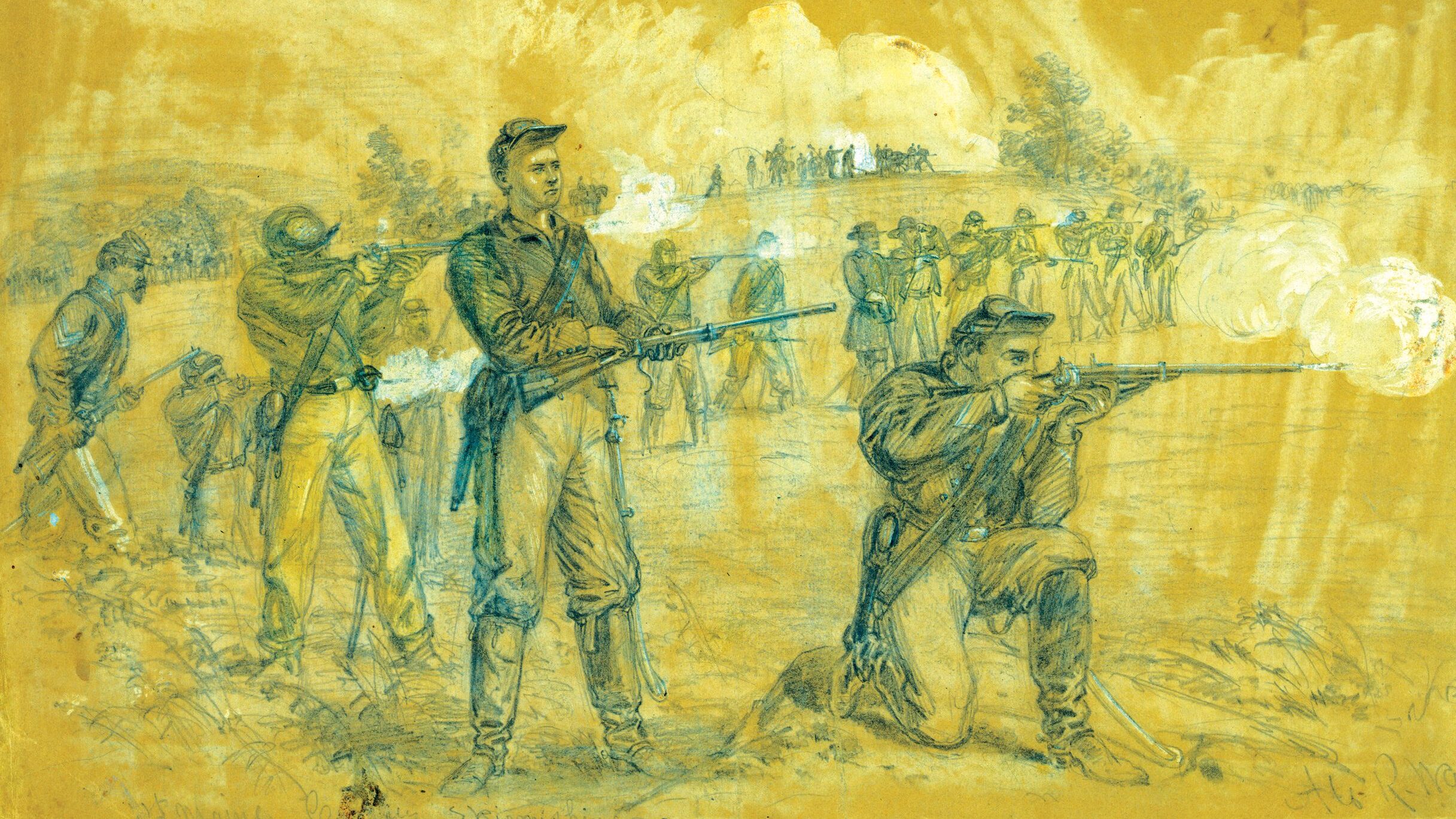

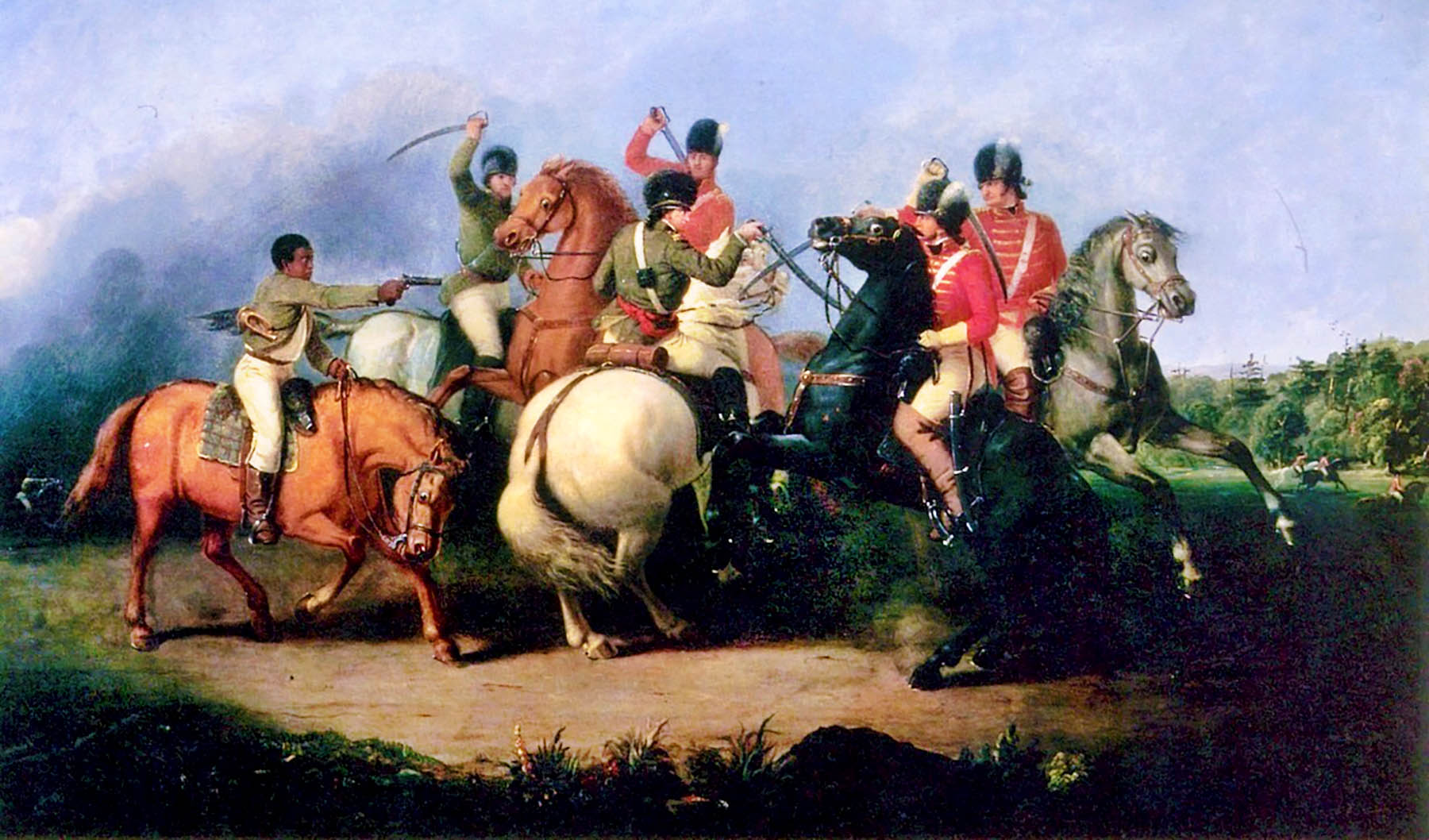
Join The Conversation
Comments
View All Comments